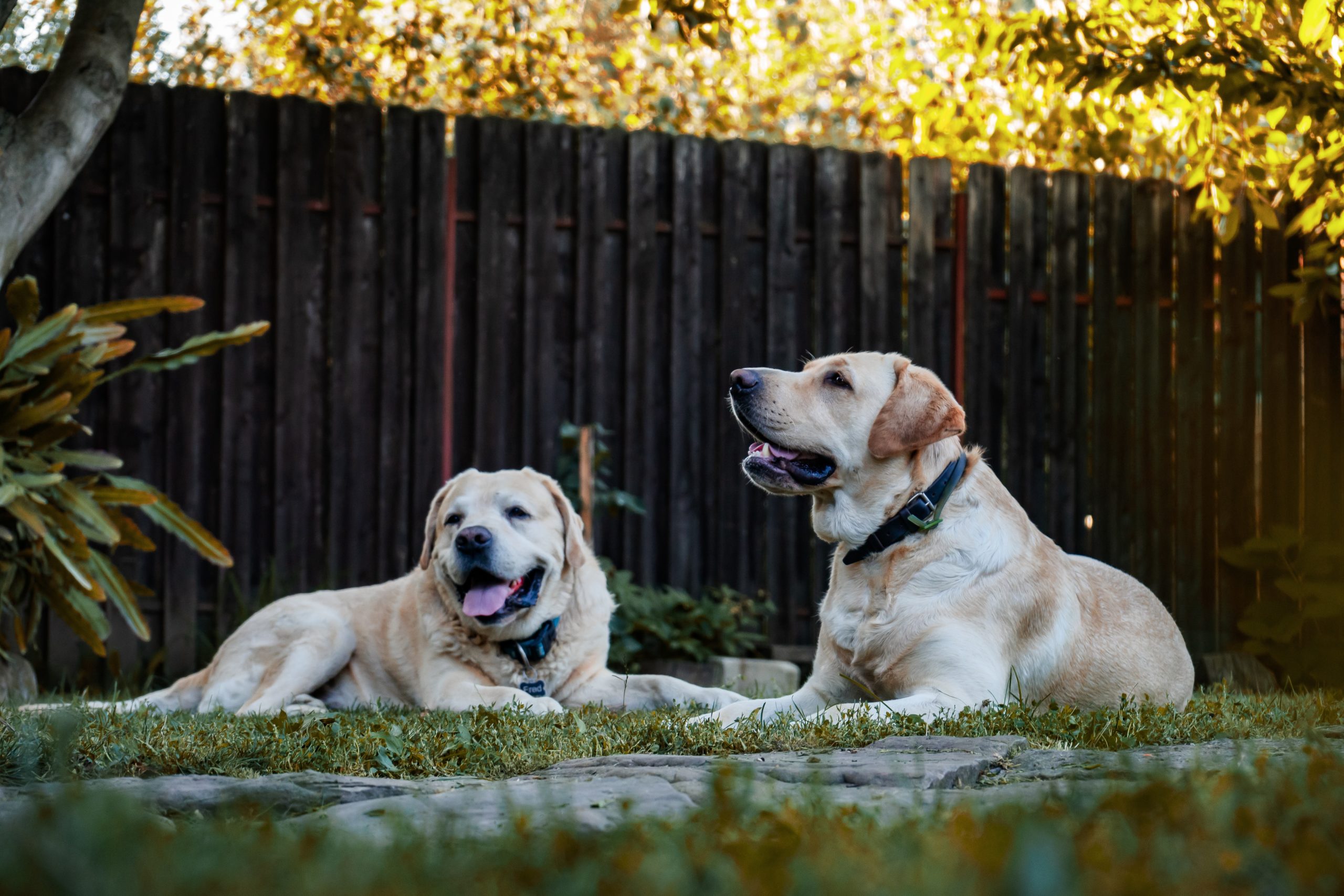Intervertebral disc disease is the result of degenerative changes, which can result in the disc pushing into the spinal canal. This leads to pressure on the spinal cord, causing injury to the nervous tissue, and pain.
Some dog breeds are prone to early degeneration of the intervertebral discs. Obesity increases the risk of intervertebral disc disease.
What does it mean for a disc to rupture or ‘slip’?
A disc is a pliable, rubber-like cushion located between the vertebrae in the back. Discs allow the back to move without contact between the bony vertebrae. Before a disc ruptures, it degenerates from a soft, rubber consistency to a stiff material that can then escape from between the vertebrae and end up next to the spinal cord. This material puts pressure on the cord. Because the spinal cord is encased within its bony canal, it cannot move away from the pressure and it becomes pinched.
Certain breeds of dog are predisposed to disc disease, such as the Dachshund, Pekinese, and Lhaso Apso. These are known as Chondrodystrophic breeds that are prone to disorders of cartilage formation. Most affected dogs are 3 to 7 years old.
What are the signs of a slipped disc?
Pressure on the spinal cord and/or the nerves that leave the spinal cord over the discs results in back pain and/or loss of nerve information transmission. The latter results in full or partial paralysis as messages between the brain and the rest of the body are impeded or blocked by the disc material.
Most disc ruptures occur in the middle to lower part of the back, but can occur in the neck. Signs of a slipped disc therefore relate to where it is located. If paralysis affects all four legs, the disc rupture must be in the neck.
Disc degeneration usually occurs relatively slowly over days to weeks. The dog usually experiences back pain and becomes reluctant to move They may yelp when patted or picked up, or show signs of wobbliness in the hind legs. Most owners report that signs occurred following a fall or jump. In severe cases, apparently normal dogs become paralysed without any sensation in their legs in a short period of time.
How is a slipped disc diagnosed?
A physical examination to assess back or neck pain and any nerve deficits is carried out. X-rays may assist the diagnosis but they may also be normal since neither the disc nor the spinal cord is visible on x-ray. If the diagnosis is in doubt or if surgery is to be performed, a myelogram may be done. This procedure involves injecting a dye around the spinal cord to outline it and identify any points where there may be disc material impinging on the cord.
How is a slipped disc treated?
Treatment depends on the severity of the clinical signs. In mild cases, medical treatment includes anti-inflammatories and rest. If rest is prescribed for your dog, it is very important that instructions for rest are followed.
In severe cases, or if there is no improvement with medical treatment, surgery may be recommended to remove disc material from the spinal canal. Prognosis following surgery depends on the time since the rupture, and whether the spinal cord incurred permanent damage. Following surgery, success cannot be determined immediately as it can take weeks for inflammation to subside and scarring to form. Even if there is not complete recovery, a paralysed dog may recover sufficient function to allow it a good quality of life.
Since the exact cause of disc degeneration is unknown, recurrences are seen, especially in predisposed breeds. However, since more than 95% of degenerated discs will heal without surgery, the chance of a dog requiring surgery a second time is less than 5%.




